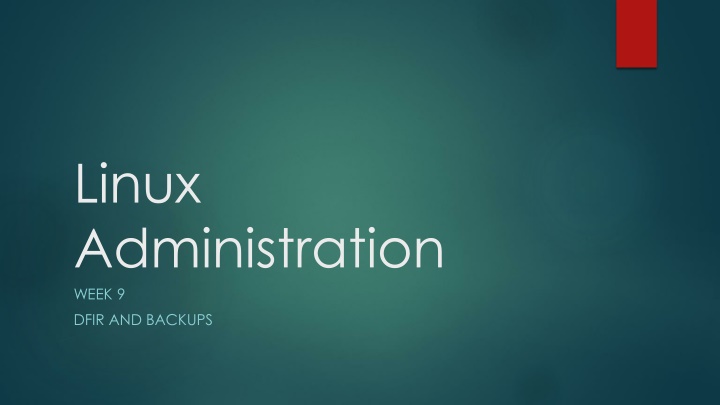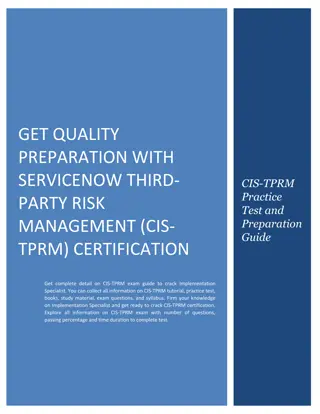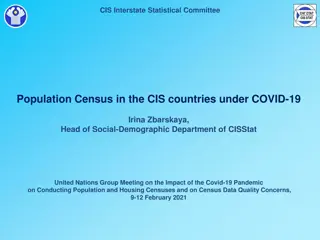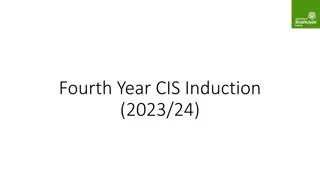
Disaster Recovery and Incident Response Best Practices
Learn about disaster planning, recovery tools, incident classification, post-incident analysis, and the importance of backups. Be prepared for data loss prevention and recovery strategies.
Download Presentation

Please find below an Image/Link to download the presentation.
The content on the website is provided AS IS for your information and personal use only. It may not be sold, licensed, or shared on other websites without obtaining consent from the author. If you encounter any issues during the download, it is possible that the publisher has removed the file from their server.
You are allowed to download the files provided on this website for personal or commercial use, subject to the condition that they are used lawfully. All files are the property of their respective owners.
The content on the website is provided AS IS for your information and personal use only. It may not be sold, licensed, or shared on other websites without obtaining consent from the author.
E N D
Presentation Transcript
Linux Administration WEEK 9 DFIR AND BACKUPS
Disaster Planning and recovery DLP (data loss prevention) Tools and processes to prevent data from being lost Can be monitoring, encryption, backups, endpoint activities and more Compliance Laws and regulations GDPR Have a plan in place that includes business continuity and business impact analysis. Should include prioritization Internal recover, 3rd party support
Disaster Recovery Journaling systems Keeps track of changes not yet committed System failure or power outage can be an issue with other systems, this will recover faster Atomic transactions More complex recovery Windows vs Linux file deletion
What to do in the case of an incident Verify incident happened (not just bug) Classify incident type (DDOS, virus, rootkit, etc.) and priority level (critical? Important? Etc. Preserve evidence Recover Post Mortem on incident
Post mortem on incident High level summary of what happened Root cause analysis What did we do during the incident? What was the time line of the incident? What went well? What didn't go well? Focus should be on culture of learning and improvement, this is NOT a blame game
Activity Post Mortem Work in Pairs Use a lab you've both finished Using the provided template and questions, write a SHORT report on how your lab went Sample Post Mortem report - https://web.archive.org/web/ 20220724194136/https://devel opers.googleblog.com/2013/0 5/google-api-infrastructure- outage_3.html
Backups What is a backup? Copy of our data/apps/settings/etc Can be local or offsite Can be on multiple types of hardware Third party services that provide backups Why we have backups? Disasters (natural and unnatural) Incidents Accidents (user errors)
Backup types and guidelines Incremental backups only files since last backup (daily) Full backups copy of all files (weekly) Forensic Copy (monthly) Backing up more than just servers, config files, applications, changes, users and more Backup Best practices from NIST https://web.archive.org/web/20220513214734/https://www.ncc oe.nist.gov/sites/default/files/legacy-files/msp-protecting-data- extended.pdf Security Guidelines for storage Infrastructure: https://web.archive.org/web/20220901001431/https:// nvlpubs.nist.gov/nistpubs/SpecialPublications/NIST.SP.800-209.pdf
Check your backups! Is your backup working? How often do you check the backup happened and works? Such as once a year on May 4th (Star wars days) Where is it stored? How is it stored? Is it documented? Did we update the documentation? Review backup policy and what's being backed up frequently (at least once a year)

















